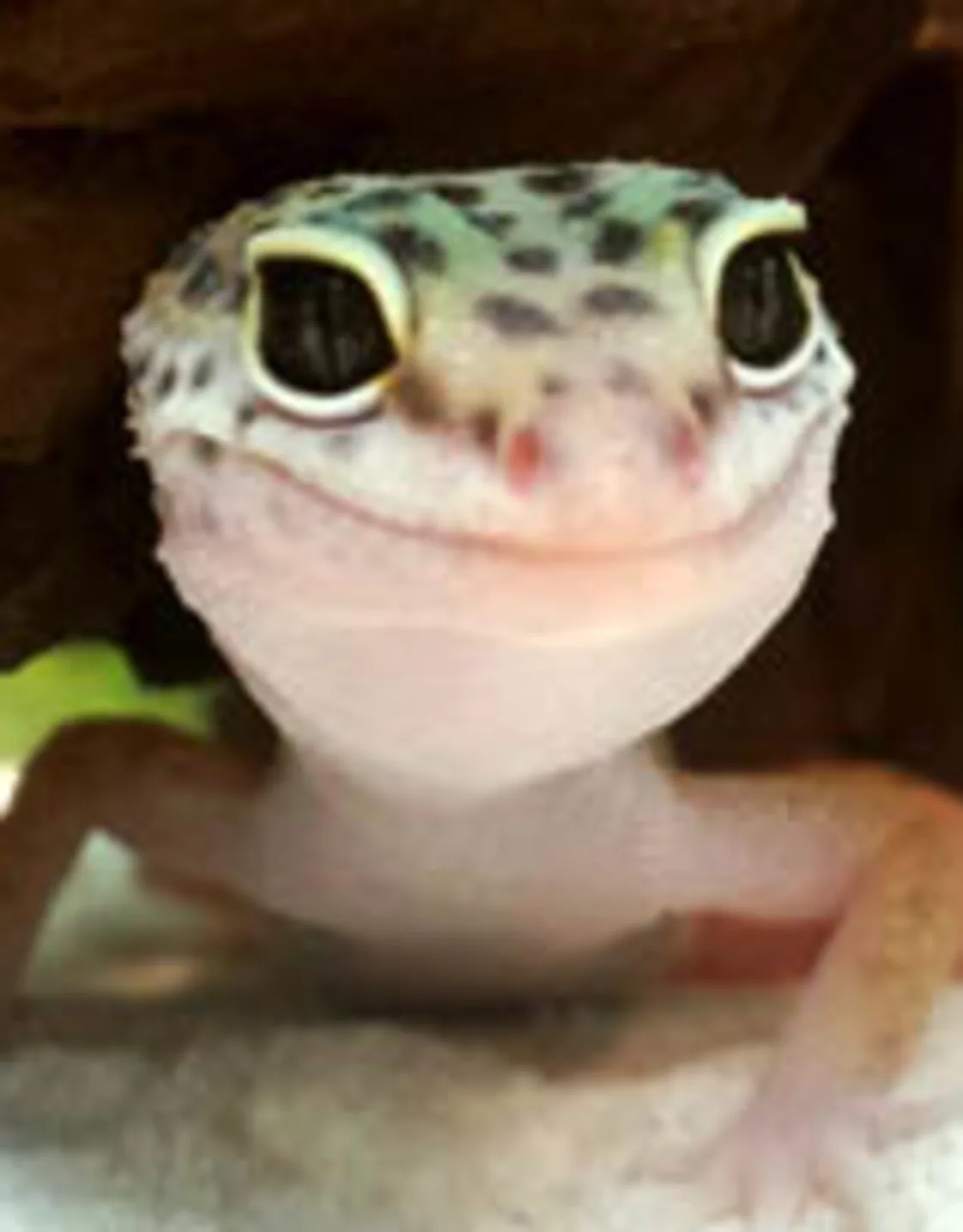Apollo North Animal Hospital
The Leopard Gecko
Toothless

The Leopard Gecko
Toothless
“Toothless” became a family member at Apollo North when he dropped his tail and needed a home. Though small in size, he has a large personality and deserved a dragon-sized name. Fitting too, because the dragon in the movie had tail issues of his own. His tail has since grown back, and he is a healthy and thriving Leopard Gecko that is very loved. He greets the staff as they walk by and no one can resist tossing him some extra goodies during the day.
More about “Toothless”:
The leopard gecko is a crepuscular ground-dwelling lizard naturally found in the deserts of Asia and throughout Pakistan, to the northwestern parts of India. Unlike most geckos, leopard geckos possess movable eyelids. It has become a well-established and popular pet in captivity. Leopard geckos are crepuscular reptiles; they are limited to the burrows during the day but become active at dawn and dusk when the temperature is favorable. These geckos are solitary and do not usually live with other animals.
Leopard geckos feed on crickets, roaches, waxworms, mealworms, super worms, other insects, earthworms, pinky mice (although these have fatty livers). In captivity, most individuals will prefer hunting for food themselves. The majority of captive leopard geckos will also refuse to eat dead prey. Crickets are the most common food source to give them in captivity, as they can hunt them in their enclosure the way they would in their natural environment, though mealworms and certain species of roach are also common. When food is scarce in the desert, they can rely on their ability to store excess fat in their tails. Sufficient calcium and vitamin D3 are also very important for their diet: How they obtain it in the wild is still unknown, although they likely receive this from their varied prey of moths, spiders, ants, and other insects. In captivity, it is near impossible to completely duplicate the diet they will have in the wild, so the most nutritious insects known are offered, usually dusted with a fine calcium powder with added vitamin D3 and sometimes gut loaded by feeding. Also, their keen sense of smell and sight allows them to search for food in the wild, they will stalk their prey somewhat like an actual leopard will, moving their tail, and then striking when they are satisfied.
